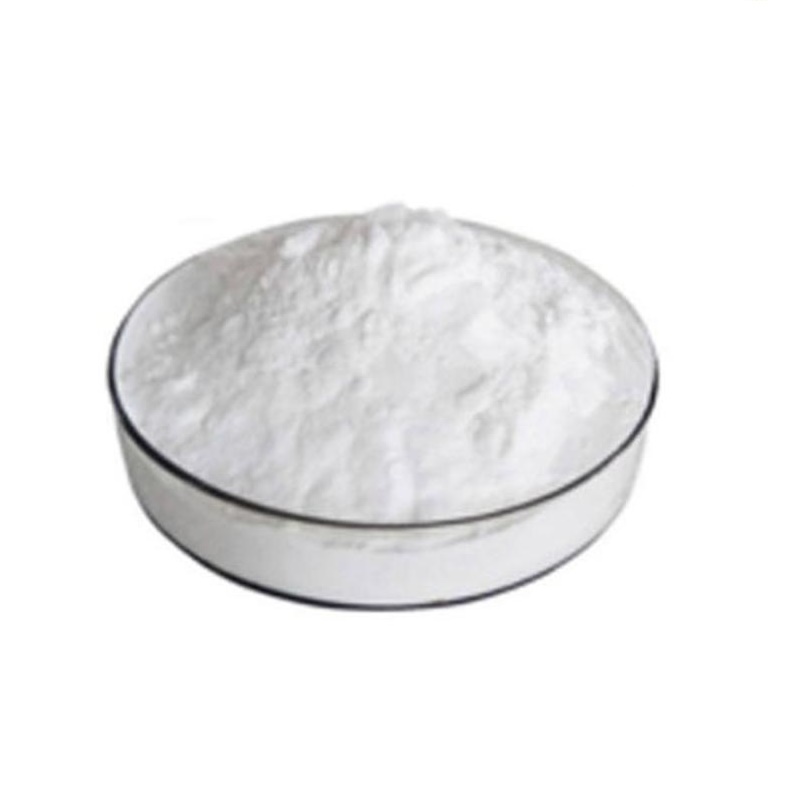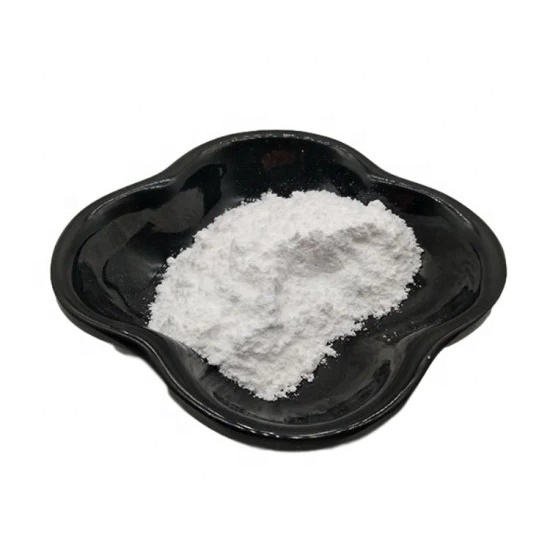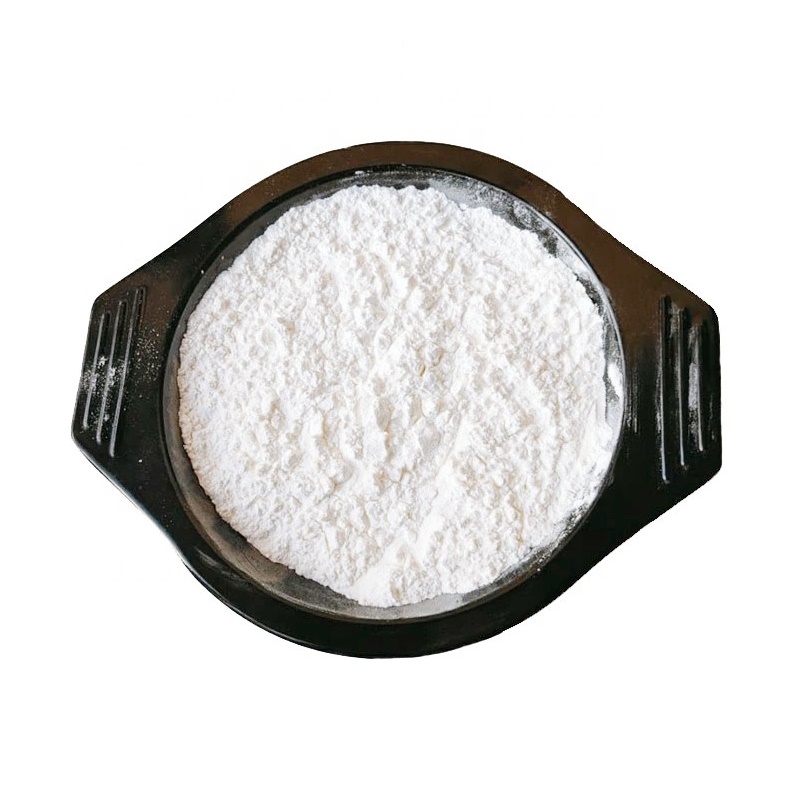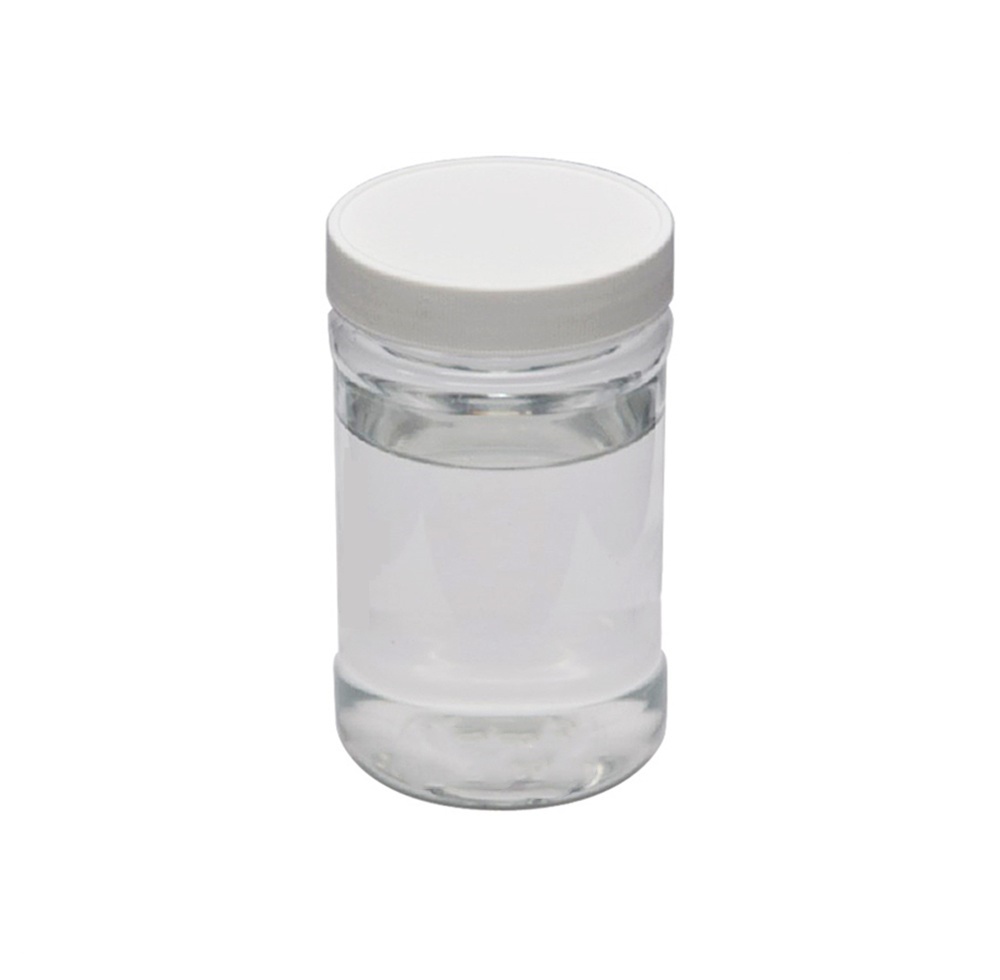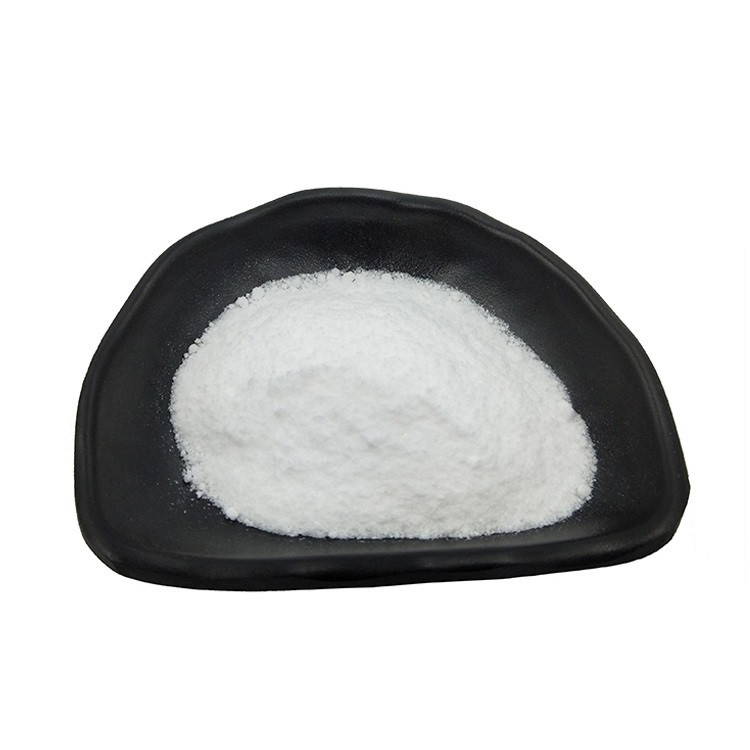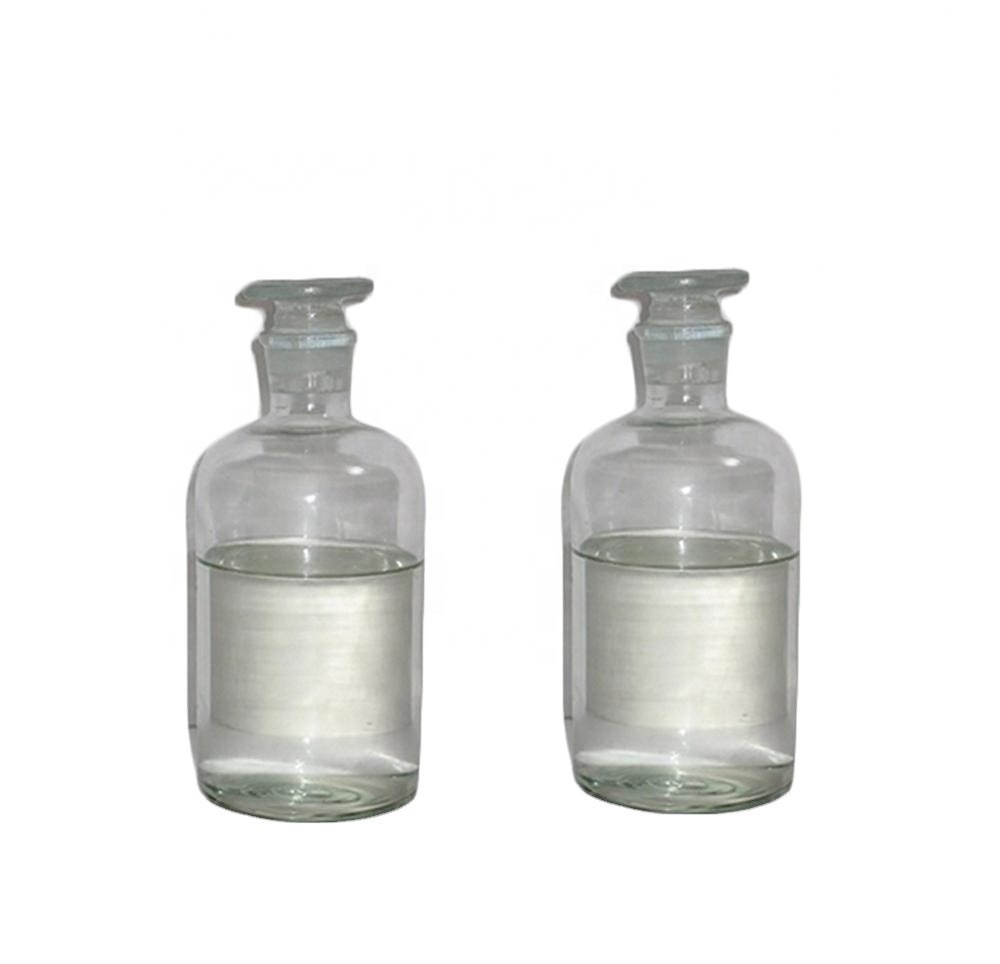

MOLECULAR SIEVES CAS 12173-28-3
——————
CAS number : 12173-28-3
molecular formula : AlCaH9KNaO6Si2(-2)
EINECS : 215-283-8
——————
Email : info@deshangchem.com
Mobile : +86-13153039501
TEL : +86-531-88752665
CAS number:12173-28-3
molecular formula:AlCaH9KNaO6Si2(-2)
molecular weight:290.38
EINECS number:215-283-8
English synonyms
MOLECULAR SIEVES;MOLECULAR SIEVE 13X 1/16;MOLECULAR SIEVE 3A 1/16;MOLECULAR SIEVE 4A 1/16;MOLECULAR SIEVE 5A 1/16;MOLECULAR SIEVES, 5A;MOLECULAR SIEVES 3A 1/16;MOLECULAR SIEVES 3A 1/8
Related categories
Silane reagent; chemical raw material
Introduction
Molecular sieves are aluminosilicate crystals, which can be artificially synthesized by metal aluminum, water glass, alkali and other related raw materials at a certain temperature and pressure.
Molecular sieve usually contains a large amount of crystal water. If it is heated to a certain temperature, it will lose crystal water, leaving a large number of very regular and neat holes, each hole is only about 1/500,000 of the size of a hair. . Different varieties of molecular sieves have different crystal structures, pore shapes and sizes. This is determined by the chemical composition as well as the temperature and pressure when the crystals are formed. The most common molecular sieves are type A, type X, and type Y. A-type molecular sieves are displayed as Chemicalbook cubes under an ordinary microscope. The crystals of X-type and Y-type molecular sieves are spherical when observed under a general microscope. The silicon content of the Y type is higher than that of the X type, and the high temperature resistance is good. Molecular sieves have selective adsorption properties, which can sieve and separate gaseous and liquid molecules of different substances, and also have certain properties of catalysts and ion exchange properties. Therefore, it can be used for drying and purification of certain gases, as well as for dehydration, purification and concentration of certain liquid substances, and can also be used as catalysts and exchangers. At present, molecular sieves have been widely used in many aspects such as chemistry, chemical industry, oil refining, metallurgy, precision machinery, radio, atomic energy, environmental protection, biological experiments and comprehensive utilization of seawater.
Chemical properties
| Melting point | >600°C |
| hydrolysis sensitivity | 5: forms reversible hydrate |
Form: white powder
Relative crystallinity: ≥88%
Cell constant: 2.456-2.472nm
Average particle size: less than 6μm
SiO2/Al2O3:≥5.3
SSA: ≥660m2/g
Na2O: ≤12.5%
LOI (loss on ignition): ≤15%
Static water absorption value: ≥32%
Use
Y-type molecular sieve has large specific surface area and high intragranular diffusion rate. Due to the characteristics of structure and performance, it has been widely used in catalytic cracking, hydrocracking and isomerization and other fields of petroleum refining.
used as desiccant
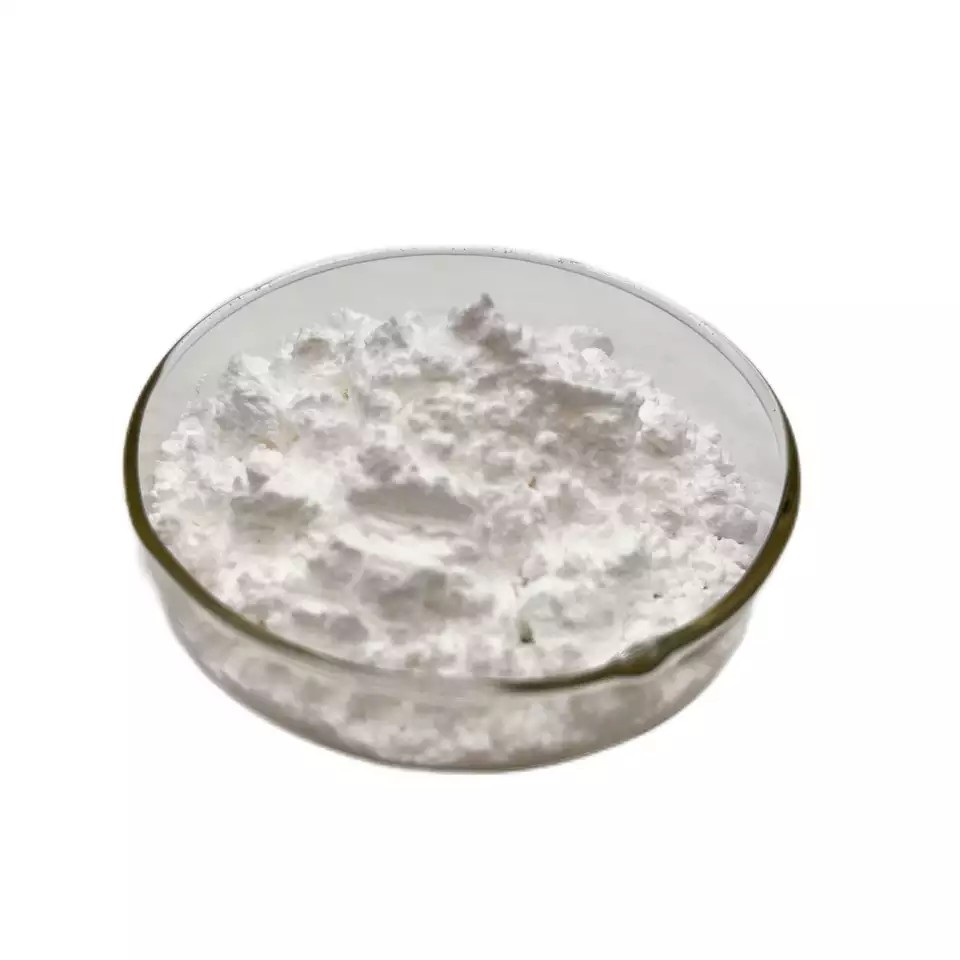
MOLECULAR SIEVES CAS 12173-28-3
CAS number:12173-28-3
molecular formula:AlCaH9KNaO6Si2(-2)
molecular weight:290.38
EINECS number:215-283-8
English synonyms
MOLECULAR SIEVES;MOLECULAR SIEVE 13X 1/16;MOLECULAR SIEVE 3A 1/16;MOLECULAR SIEVE 4A 1/16;MOLECULAR SIEVE 5A 1/16;MOLECULAR SIEVES, 5A;MOLECULAR SIEVES 3A 1/16;MOLECULAR SIEVES 3A 1/8
Related categories
Silane reagent; chemical raw material
Introduction
Molecular sieves are aluminosilicate crystals, which can be artificially synthesized by metal aluminum, water glass, alkali and other related raw materials at a certain temperature and pressure.
Molecular sieve usually contains a large amount of crystal water. If it is heated to a certain temperature, it will lose crystal water, leaving a large number of very regular and neat holes, each hole is only about 1/500,000 of the size of a hair. . Different varieties of molecular sieves have different crystal structures, pore shapes and sizes. This is determined by the chemical composition as well as the temperature and pressure when the crystals are formed. The most common molecular sieves are type A, type X, and type Y. A-type molecular sieves are displayed as Chemicalbook cubes under an ordinary microscope. The crystals of X-type and Y-type molecular sieves are spherical when observed under a general microscope. The silicon content of the Y type is higher than that of the X type, and the high temperature resistance is good. Molecular sieves have selective adsorption properties, which can sieve and separate gaseous and liquid molecules of different substances, and also have certain properties of catalysts and ion exchange properties. Therefore, it can be used for drying and purification of certain gases, as well as for dehydration, purification and concentration of certain liquid substances, and can also be used as catalysts and exchangers. At present, molecular sieves have been widely used in many aspects such as chemistry, chemical industry, oil refining, metallurgy, precision machinery, radio, atomic energy, environmental protection, biological experiments and comprehensive utilization of seawater.
Chemical properties
| Melting point | >600°C |
| hydrolysis sensitivity | 5: forms reversible hydrate |
Form: white powder
Relative crystallinity: ≥88%
Cell constant: 2.456-2.472nm
Average particle size: less than 6μm
SiO2/Al2O3:≥5.3
SSA: ≥660m2/g
Na2O: ≤12.5%
LOI (loss on ignition): ≤15%
Static water absorption value: ≥32%
Use
Y-type molecular sieve has large specific surface area and high intragranular diffusion rate. Due to the characteristics of structure and performance, it has been widely used in catalytic cracking, hydrocracking and isomerization and other fields of petroleum refining.
used as desiccant
Team Presentation

